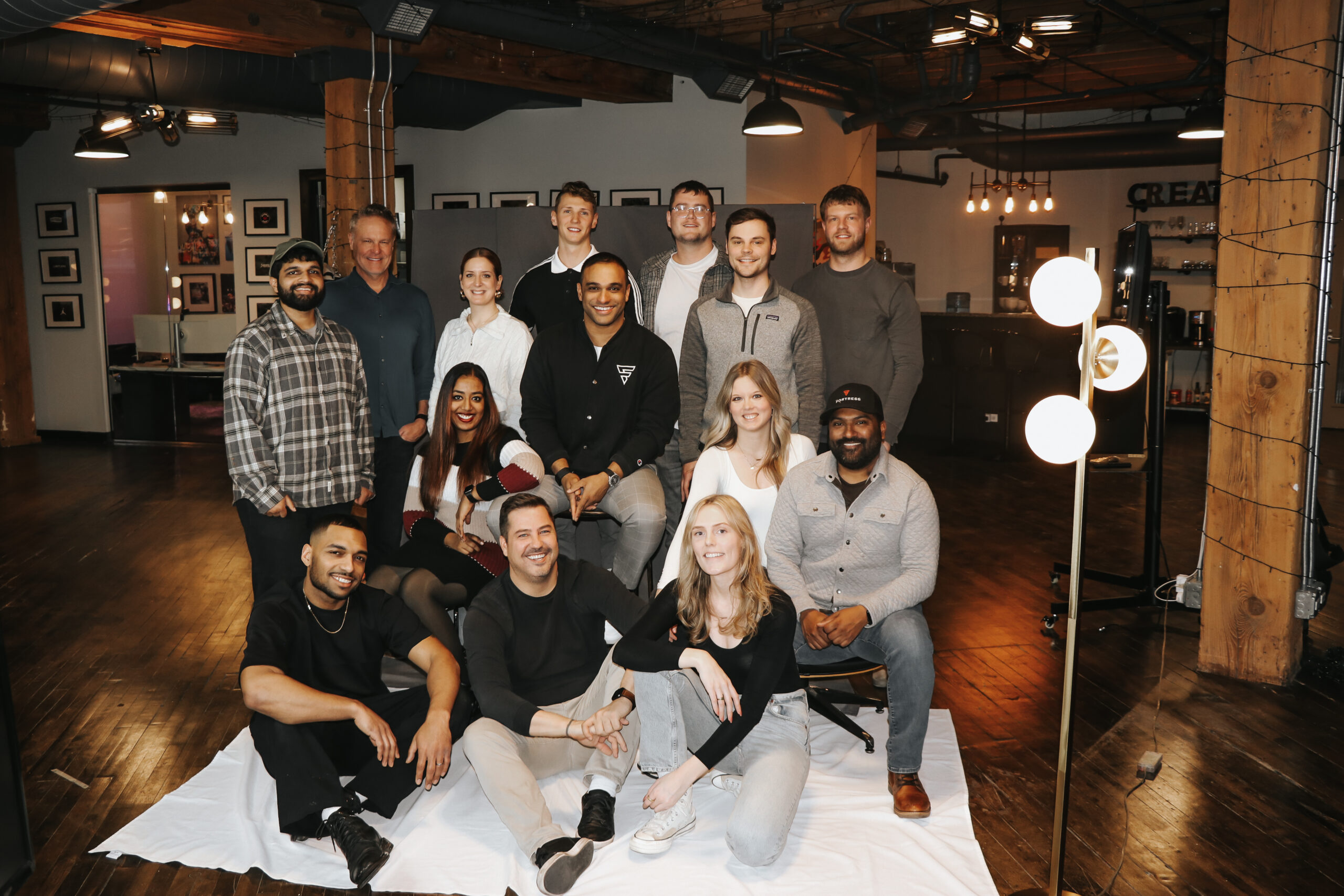
Digital Marketing: Social Media Marketing Trends 2024
Radio took 38 years to reach 50 million listeners. TV took 13 years to reach 50 million users. The internet took 4 years to reach

Radio took 38 years to reach 50 million listeners. TV took 13 years to reach 50 million users. The internet took 4 years to reach

If you’re turned off by marketing cliches, I understand. Stay with me here. Let me get the ones I’m planning on discussing in this blog

Redesigning your website isn’t just about giving it a fresh look; it’s a golden opportunity to boost your site’s SEO ranking and outshine the competition.

As brands increasingly embrace their role as cultural contributors, the decision for marketing agencies in Chicago and elsewhere to either mirror the values of their

Last Sunday, while millions of people were focused on the Super Bowl, Travis Kelce, and Taylor Swift, us digital marketing freaks had our heads turned

We’re here to talk about the Super Bowl LVIII ads. But we can’t bury the lead. With their second straight championship and third in five

There’s power in patience. If you haven’t realized this fundamental truth about business and marketing yet, you will. No one opens a business – whether

In the world of branding, a slogan is akin to a thesis, establishing values and rearranging perceptions with every word. Think about the brands you

What is the pinnacle of brand recognition? Twitter had reached it. People across the world had widely referred to the brand name as a verb,

ADA Compliance Is Essential to Your Online Success In 1990, the landmark legislation known as the Americans with Disabilities Act (ADA) was enacted to protect
Fortress is a fast-growing digital marketing and branding agency headquartered in Chicago that has worked with clients ranging from global corporations like Nike, Jordan, All-State, Acura, athletes, and celebrities like Kevin Hart, Steph Curry, prestigious universities, startups, and everyone in between. We believe in putting family first, being team players, staying humble, and being obsessed with our clients’ success. We provide a unique and energetic culture that fosters creativity and camaraderie.
We’re currently seeking a full-time Senior Designer to join the team and work out of our Chicago, IL office. The right person for this position sees the bigger picture while remaining passionate about the details.
You’re knowledgeable and skilled in Web, Branding, large-scale marketing campaigns, and more. You’re a jack of all trades in creative software, but you also have a passion for design beyond the screen. You understand that great design is in the nuance—that subtle cultural references should be woven into the things you create and every project should be approached with the end-user at the center of it. You love working on a team with diverse perspectives and you’re willing to learn from as well as build up those around you. At the core, you’re a problem solver with a knack for making things look good.
WHAT YOU’LL DO
WHAT YOU’LL BRING
Job Type: Full-time
Benefits:
Schedule:
Supplemental Pay:
Ability to commute/relocate:
Experience:
Someone from our team will reach out to you about your project soon.